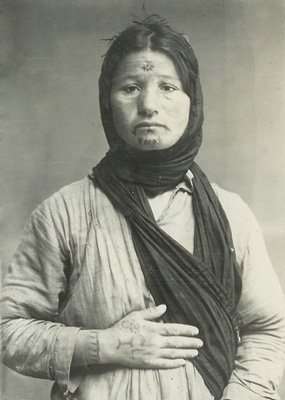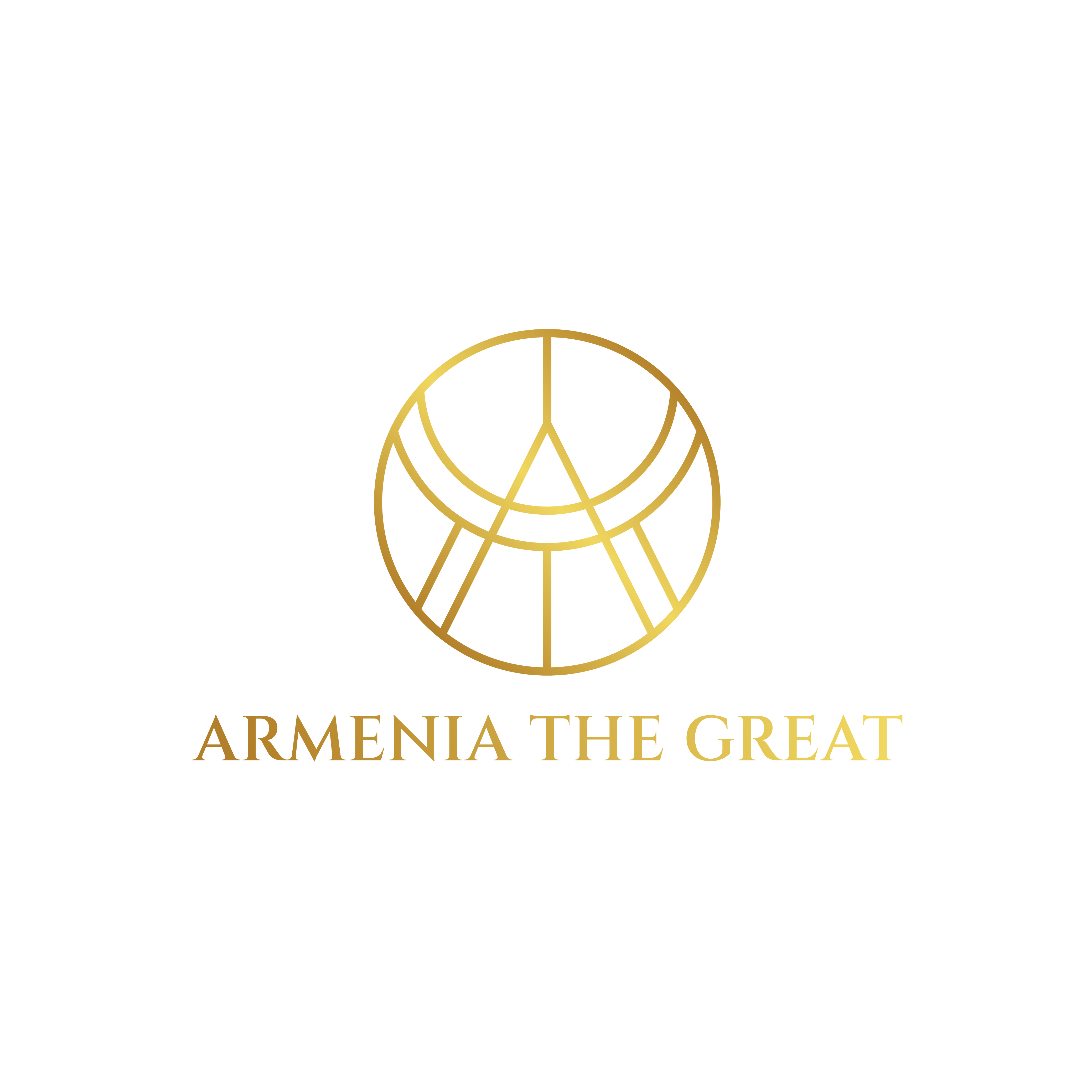The Ottoman Empire’s genocide strategy against the Armenian people began with the slaughter of males and continued with their exile to the Syrian deserts. “Death marches” became the new term for these deportations. Predominantly, deportation caravans included women, children, and elderly individuals. Tens of thousands of women and children died on the journey to the deserts, while some took their own lives to escape the shame and barbarism inflicted upon them by Ottoman Turkish soldiers, Kurdish militias, or Bedouins who abducted them.
As a consequence of the genocide against the Armenians, hundreds of women were abducted from their families, typically as they were being deported or stopped overnight. Following the first stage of the state-orchestrated policy of extermination, which involved the systematic murder of Armenian males, the Ottoman governors carried out a second stage of the genocidal program, this one deliberately targeting the elderly, women, and children of the Armenian population within the Ottoman Empire.
After being adopted into Muslim families, several of the kidnapped Armenians eventually forgot their identity and even their native language. After being forcibly converted to Islam, some Armenian women were able to protect themselves and their families. As part of their cultural practices, they were tattooed with specific designs before being married off to Muslim men. People in the Islamic world and the Middle East often wore tattoos as a protective symbol, thinking that the ink gave the bearer special abilities. Dots or a little “x” were common designs for these tattoos, which could symbolize fertility, strength, or protection. A new sense of belonging and a significant life shift were signified by these tattoos.
Foreign missionaries and Armenian organizations worked together to free captured women and children after the First World War ended. These rescue efforts escalated into high-stakes, massive operations. Most notably, the Danish missionary Karen Yeppe, who, with the help of certain Arab tribal chiefs, freed about 2,000 women and children from Muslim captivity between 1917 and 1928. Many Armenian women had endured a terrible and agonizing struggle, but she helped put an end to it by establishing special rescue houses in various places.
Many Armenian women were violated while trying to flee, and many volunteers lost their lives as a result of their involvement in these rescue operations.
Tragically, one of the most dramatic instances of the Ottoman Turkish government’s genocidal program against the Armenian community at the turn of the 20th century was the abduction of Armenian women and children and the ensuing rescue attempts.
The AGMI collection has an image of an Islamized and tattooed Armenian woman from the 1920s by Karen Yeppe Alboom.

